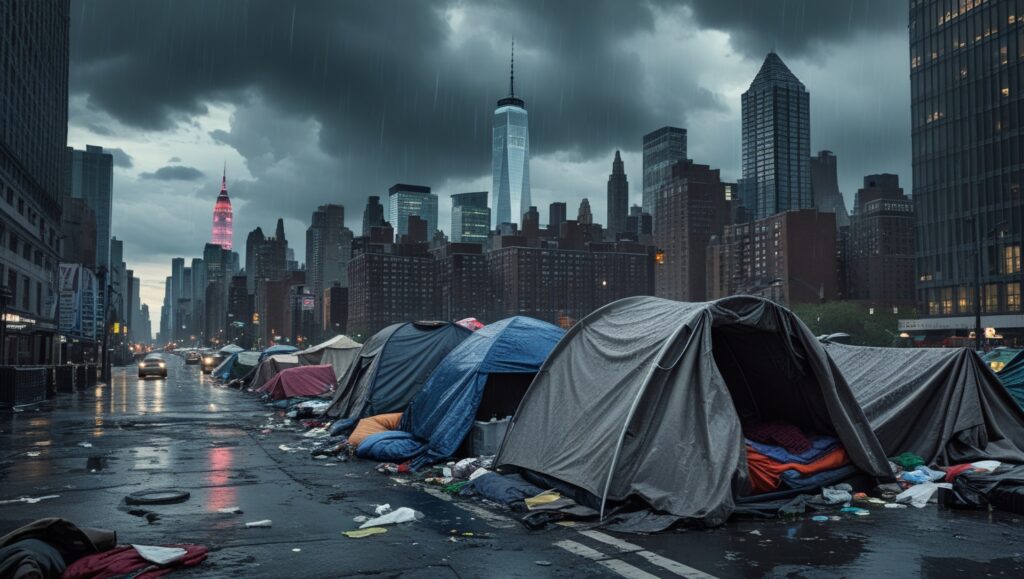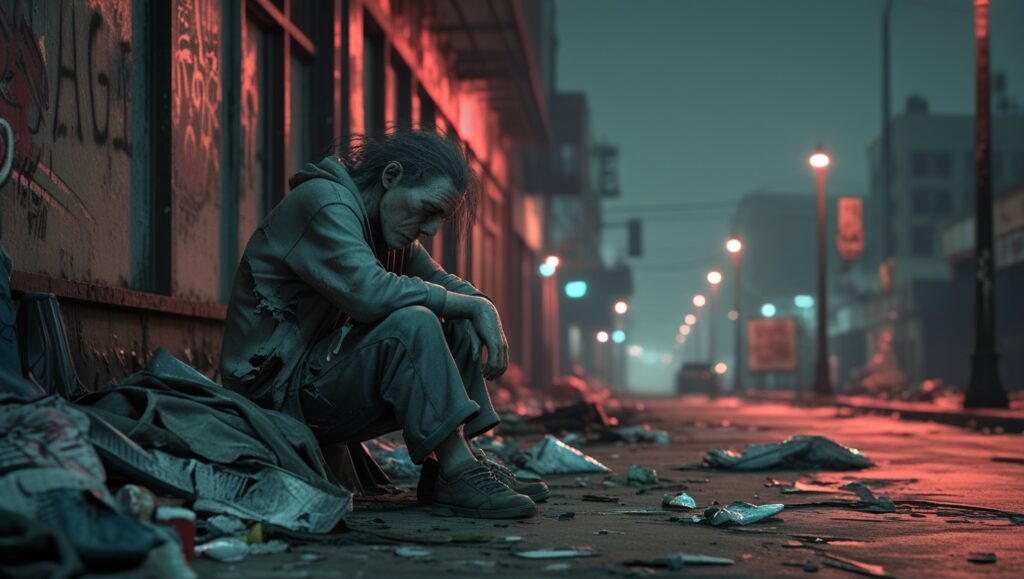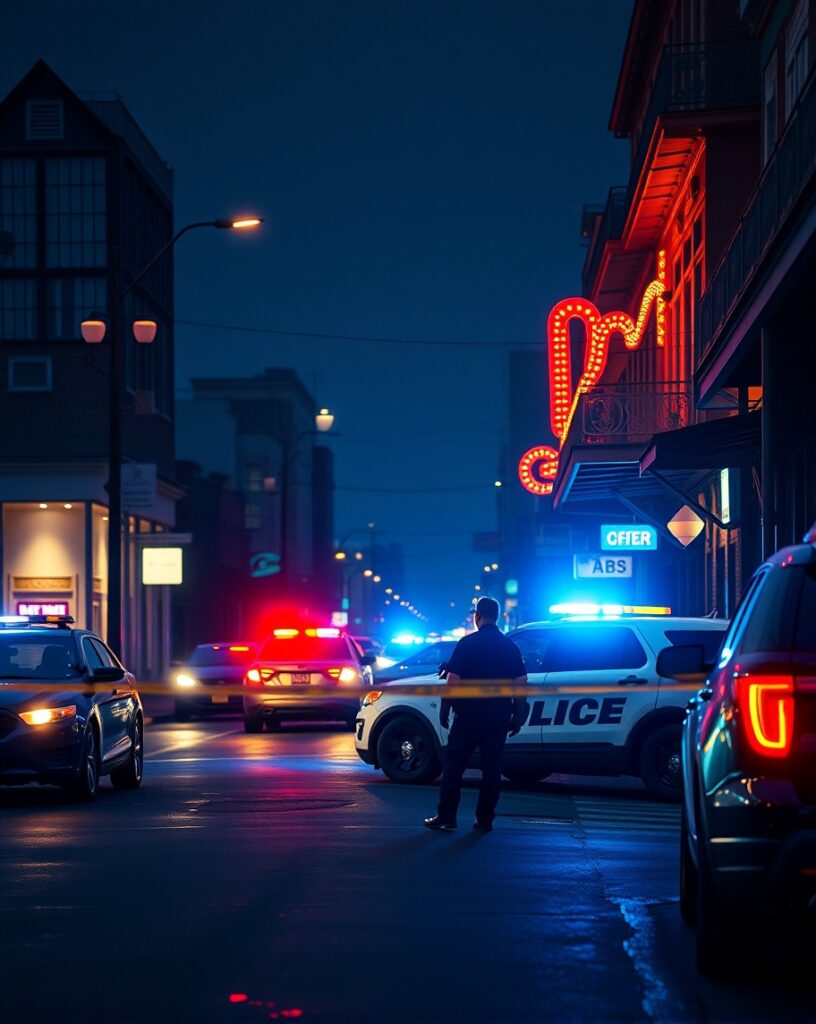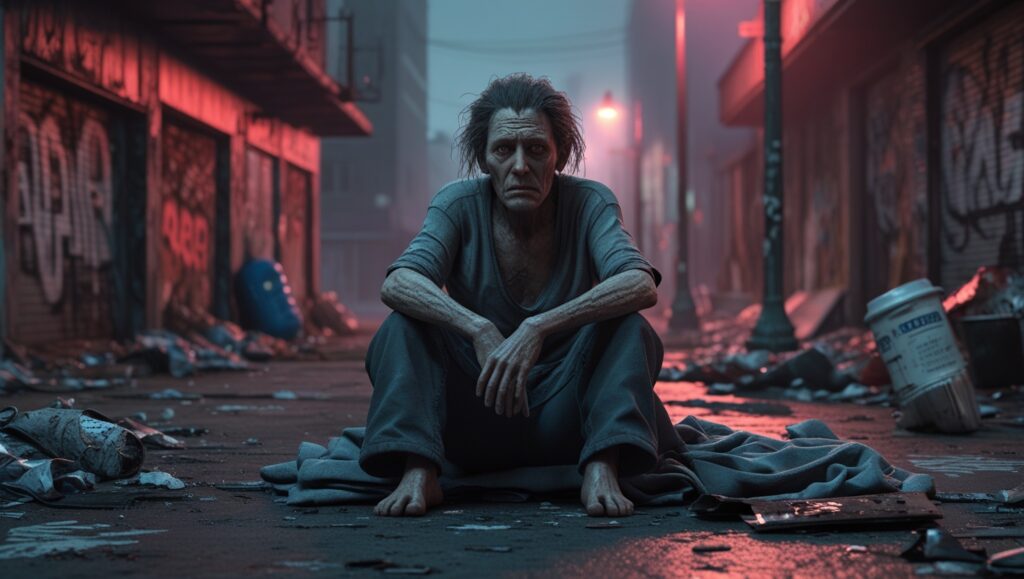America’s big cities are grappling with the 2025 homelessness crisis, a surge in evictions, and spiking crime rates that threaten urban life. New York reports 140,134 homeless individuals, while Los Angeles counts 71,201, per the 2024 HUD report. Meanwhile, cities like New Orleans face homicide rates of 70.4 per 100,000, far above the national average of 7.5. At NovexaHub’s Health category, we’re unpacking the 2025 homelessness crisis, its ties to crime, and whether innovative solutions can save the day. Is a health disaster brewing? Join the debate on X.
2025 Homelessness Crisis: A Perfect Storm

Economic and Mental Health Drivers
The 2025 homelessness crisis stems from soaring rents, stagnant wages, and scarce affordable housing. HUD’s 2024 data shows 771,000 Americans were homeless, with 2025 projections even higher. For example, 20% of the homeless suffer from severe mental illness, yet mental health services remain underfunded. Tent cities now dot New York and Los Angeles’ Skid Row, symbols of systemic failure. On X, one user wrote, “Seeing tents everywhere in NYC breaks my heart.”
Violent Crime Trends

Crime is surging alongside the 2025 homelessness crisis. New Orleans and St. Louis report homicide rates of 70.4 and 69.4 per 100,000, per the Council on Criminal Justice. Los Angeles saw a 12% homicide spike in 2025, while New York’s subway crime rose 8%. Desperation among the homeless can fuel petty theft or drug offenses, but experts point to deeper issues: underfunded schools, over-policing, and neglected communities. On X, users lament, “I don’t feel safe anymore.”
Crime Surge in 2025

The interplay of homelessness and crime is a health emergency. Fear of crime drives anxiety, while the homeless face disease and violence. Some blame the homeless, but others demand systemic fixes. The 2025 homelessness crisis amplifies these tensions, echoing societal breakdowns like Solar Storm 2025. Can cities recover?
Tech Solutions for 2025

San Francisco’s AI programs identify at-risk individuals for housing and mental health aid, while startups build 3D-printed modular homes. Predictive policing targets crime hotspots, though privacy concerns linger. Experts urge systemic change: more affordable housing, better mental health care, and violence prevention. Stockholm’s “housing first” model, cutting homelessness by 30%, inspires hope. Will the 2025 homelessness crisis push America to innovate?
What’s Next?
The homelessness and crime crisis in America’s big cities isn’t going away anytime soon, but there’s hope on the horizon. From tech-driven solutions to grassroots activism, people are fighting back against this double threat. Want to join the conversation? Share your thoughts on X—do you think technology can solve this crisis, or do we need a deeper societal shift? Dive into more stories at NovexaHub’s sağlık category, where we explore the issues shaping our world—and our future. NovexaHub’s Health category.

